From Rickettsiae Caused diseases were common in ancient times. During Napoleon's wars, more than 125,000 soldiers died of lice-borne typhus. Rickettsioses - infectious diseases caused by rickettsiae - often occur today in connection with poverty and poor hygienic conditions.
What are rickettsiae?
Rickettsia are gram-negative rod bacteria. They live and multiply in the intestinal cells of vector animals. These are usually arthropods (lice, ticks, mites and fleas). The pathogens are one of the types of bacteria that have very short strands of DNA (1.12 to 1.6 million base pairs).
Rickettsiae form their own family (Rickettsiaceae) and are alphaproteobacteria. They were named after their discoverer, the American doctor H. T. Ricketts, who himself suffered from rickettsiosis in 1910. Depending on which infections they trigger, rickettsiae are classified into the typhus, tick-bite fever and tsutsugamushi fever group.
The infested arthropods attach themselves to the skin of animals and humans. The infection with the rickettsioses occurs after the bite or sting through the secretion of saliva. Inhaling dried flea droppings can also lead to infection.
The different types of rickettsiae produce different types of infectious diseases. In addition, the bacteria use various vectors to spread them. For example, Rickettsia prowazekii is usually transmitted by clothes lice and causes the epidemic typhus (typhus).
The rod bacteria are mainly found in the warmer regions of the world. In Germany, the diseases are often introduced. In Central Europe, rickettsioses are mostly transmitted by ticks. Those transmitted by ticks Rickettsioses usually have a lower morbidity and mortality rate than rickettsioses transmitted by lice.
Occurrence, Distribution & Properties
Rickettsia are 0.3 to 2 micrometers in size, depending on the species. The gram-negative rod-shaped bacteria have a very short DNA and live in the intestinal epithelial cells of ticks, lice, mites and fleas. They cause diseases that are summarized under the generic term rickettsioses. The pathogens occur worldwide preferentially in warm climates. In Germany, Rickettsia rickettsii, Rickettsia conorii and Rickettsia helvetica in particular have been detected so far.
Until recently, doctors still had a hard time diagnosing rickettsioses, as infected patients only show general symptoms of infection in the early stages of the disease. It is only recently that ticks, which for a long time were only considered to be carriers of Lyme disease and TBE, have become the focus of research interest. According to recent studies, 10% of the ticks occurring in Germany are infected with rickettsiae, which specialize in humans. According to the Robert Koch Institute (2009), depending on the area of distribution, 50% to 80% of alluvial forest ticks carry the rod bacterium Rickettsia helvetica. The rapid reproduction of the alluvial forest tick is problematic.
Scientists recently succeeded in developing a highly efficient, specific and yet easy-to-perform molecular-genetic rapid test with which individual rickettsioses can be unequivocally identified. The doctors even discovered a completely unknown type of bacteria (Rickettsia raoultii) in certain Dermacentor ticks.
The test can also be used in a conventional doctor's office. The ELISA or indirect immunofluorescence detection from blood serum is normally used to diagnose rickettsioses. In the test, which is carried out every 3 weeks, the samples are examined twice for IgM and IgG antibodies. Then an antibiogram is made, which is used to determine the causative pathogen. Rickettsiosis is usually treated with a proven Borreliosis drug, the antibiotic doxycycline.
Illnesses & ailments
The patient infected by the sting or bite of a vector initially only shows unspecific inflammatory symptoms. Shortly after the puncture / bite, a small ulcer develops under the surface of the skin at the focus of inflammation. European ticks leave a blackish crust, about the size of a pea, of infection. This leads to swelling of the lymph nodes, drowsiness, fever, headache and the reddish rash (macular rash) that is typical of rickettsioses and starts on the palms of the hands and feet. It arises from the escape of red blood cells from damaged capillary vessels. The rashes also show raised papules and tiny hemorrhages (petechiae).
The infected person has no pain whatsoever. However, as the disease progresses, complications such as lung, heart and brain damage can occur. Some patients with rickettsioses develop pulmonary edema, while others develop cardiac arrhythmias and brain inflammation (encephalitis). In particularly severe cases, gastrointestinal bleeding and thrombosis also occur.
In RMSF (Rocky Mountain Spotted Fever), which is caused by Rickettsia rickettsii, the incubation period is 2 to 14 days. The mortality of the disease transmitted by Dermacentor and Rhipicephalus ticks is 20%. Rickettsia helvetica - originally only detected in Switzerland, but now also found in France and Slovenia - can trigger pericarditis and is associated with weakness, myalgia (muscle pain), long-lasting fever and headaches.
The pathogen Rickettsia conorii causes spotted fever and is transmitted by tick ticks that occur throughout the Mediterranean region. Rickettsia slovaca infected with TIBOLA (tick-borne lymphadenopathy syndrome). TIBOLA is a lymph node disease with muscle pain, headache and fever. Baldness often occurs at the puncture site on the head. Children under 10 years of age and patients with an already weakened immune system often show a worse course of the disease. Vaccinations against the TBE (early summer meningoencephalitis) caused by ticks are ineffective against rickettsioses.

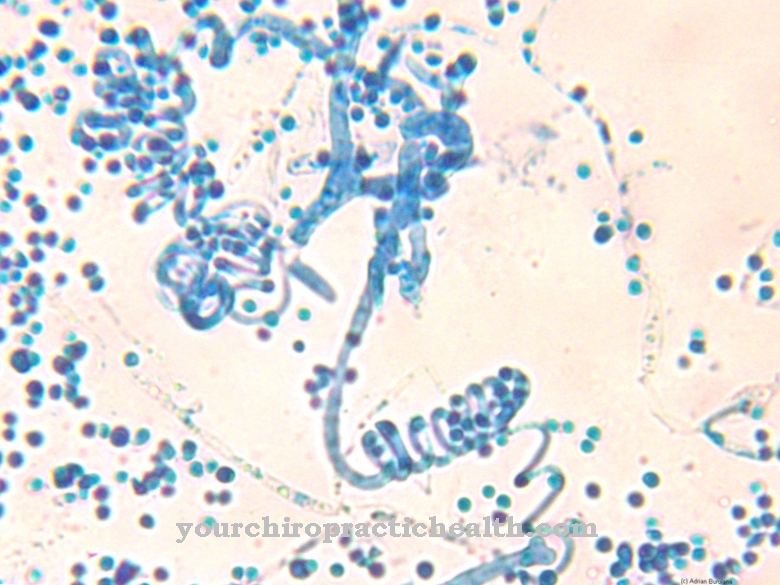
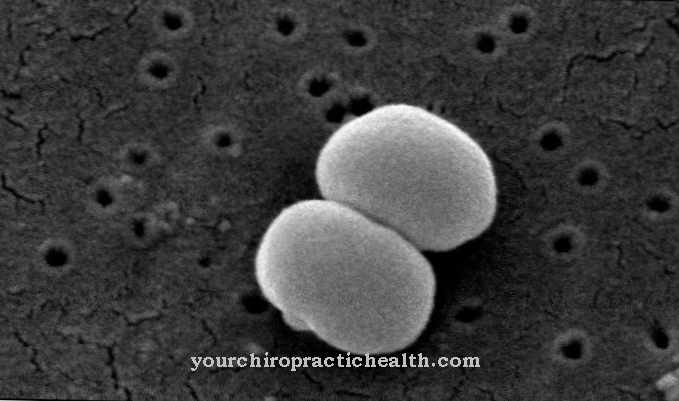
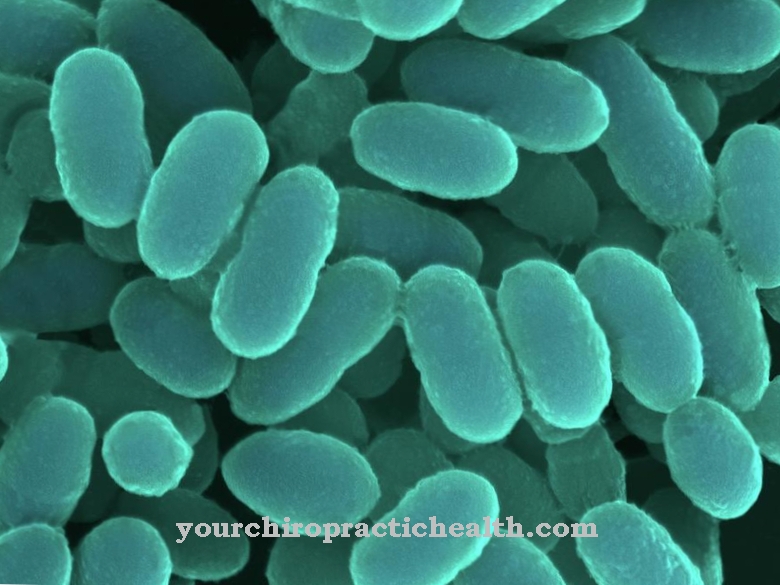

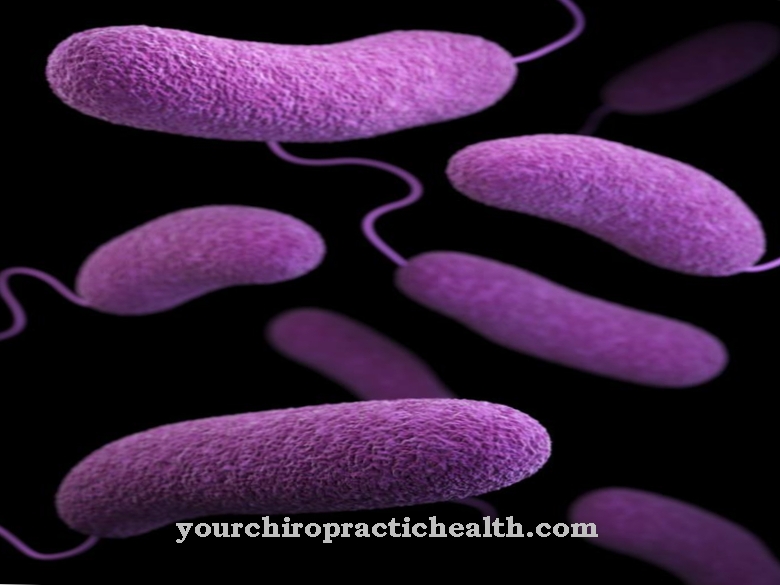
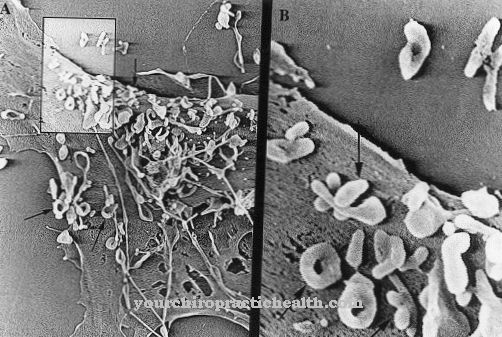










.jpg)



.jpg)

.jpg)




